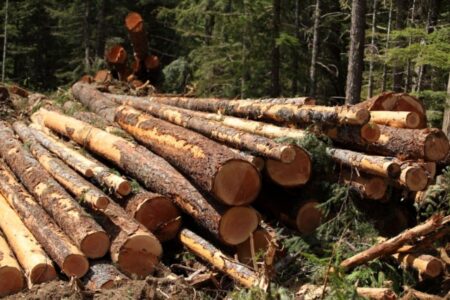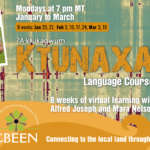Letter: Where did the elk go?
To The Editor:
Larry Hall, president of the East Kootenay Hunters Association, states that the East Kootenay now has 7,500-8,000 elk, down from 30,000. MLA Bill Bennett agrees with Hall and then adds the diversion of wolves and bears as well as urban voters who don’t hunt.
Historically, at least half of the Rocky Mountain elk in BC have resided in the Kootenays, which would put the province’s total number of elk currently between 15,000 to 16,000 animals.
How does that compare with other jurisdictions in North America?
Let’s look at the facts:
ELK POPULATIONS
Colorado 265,000
Montana 158,000
Oregon 125,000
Idaho 120,000
Wyoming 90,000
New Mexico 70,000
Utah 68,000
Washington 45,000
Arizona 30,000-35,000
Nevada 17,500
2012 ELK HARVEST
Colorado 43,490
Montana 20,550
Idaho 26,269
Wyoming 26,365
Source: BackCountryChronicles.com
What do the various states do that BC does not do in managing their elk herds? What science and wildlife management in the U.S. is not practiced in BC?
- No US state has a general open season exclusively for 6-points, the prime breeding bulls. Research long ago demonstrated that when the younger bulls rather than the mature bulls do the breeding, fewer calves survive.
- No US state has a general open season during the rut.
- No US state requires foreign elk hunters to hire a guide.
- No state guarantees a guide business, with the health of the business counting more than the population of the species. See the Darwin Carey Decision, Environmental Appeal Board No. 2007-WIL-002(a).
The science, the state of the art, exists but BC chooses to put fort misinformation and anything to divert the public’s attention. Weather: It’s so much warmer in the states. When you pass through Roosville or Eastport, you immediately feel the warm climate that allows for more elk in Montana, Idaho, etc.
Somehow Colorado — with a million more people and 550 mountain peaks exceeding 4000 metres elevation in an area one-fourth the size of BC — has 16 times the number of elk we have.
Predators is another big distraction from dealing with the 6-point season and hunting during the rut — leading to inferior breeding with calves being born over 120+ days rather than 40 days.
More days for predators to feast, and fewer days for calves to grow big and strong enough to survive the winter. As prey numbers decline, the wolves, we’re told, increase. Only in BC.
Six-point bulls are not only prime breeding stock, they are trophy bulls — much prized by foreign hunters but not by resident hunters, the vast majority of whom are after meat, not antlers. No wonder the guides requested the 6-point season, which allows their foreign clients to enjoy a “quality” hunt with very little competition from residents.
The cry for more funding is out of line with reality. As the government’s policies have driven hunters to quit, income to both government and the local economy has gone down, as predicted. Based on production, the Branch may have had too many funds.
The ignoring of scientific developments and the best practices of the day may be explained in a quote from Upton Sinclair: “It is difficult to get a man to understand something when his salary depends on his not understanding it.”
The guides have worked hard to kill their business and the government has worked hard to support them.
William G. (“Bill”) Hills, M.P.A., Ph.D.
Cranbrook

























